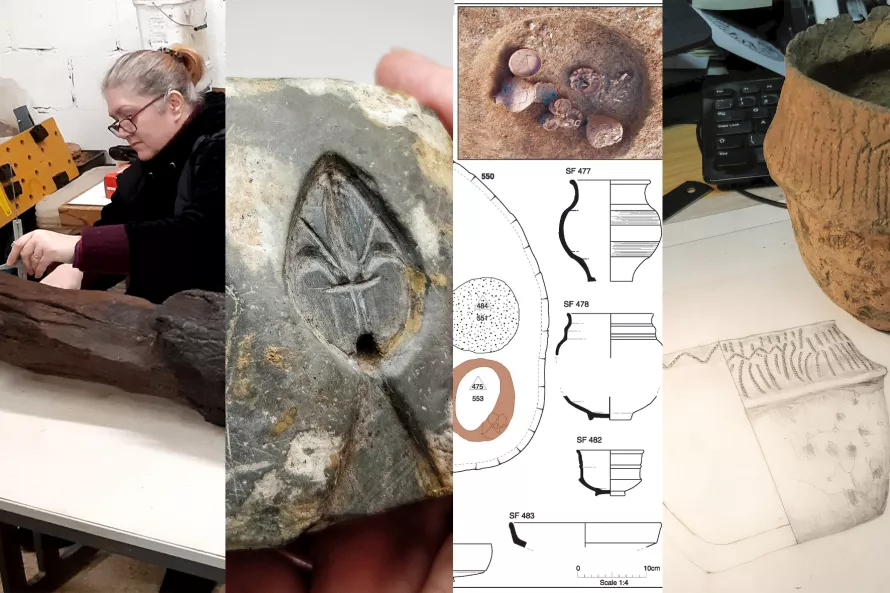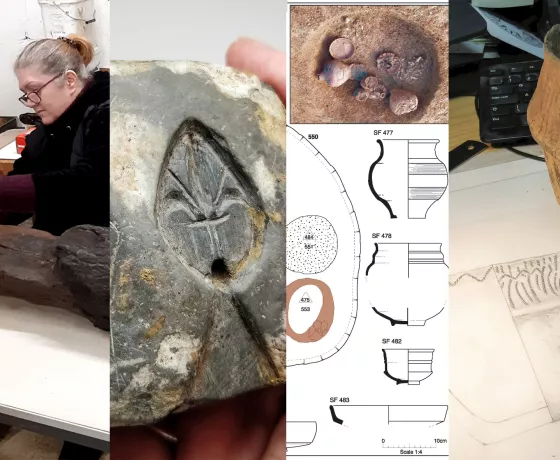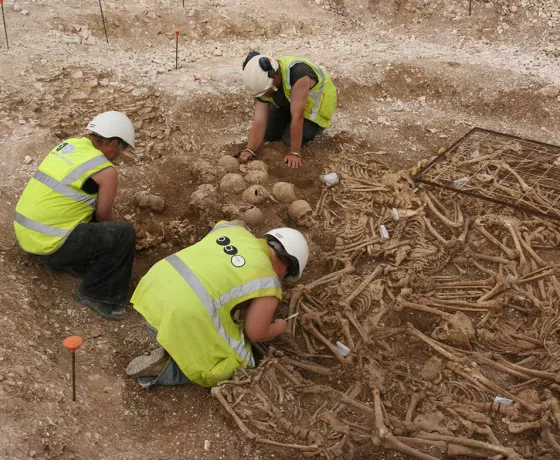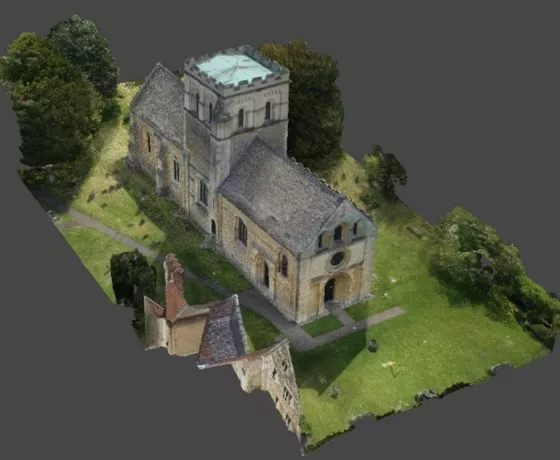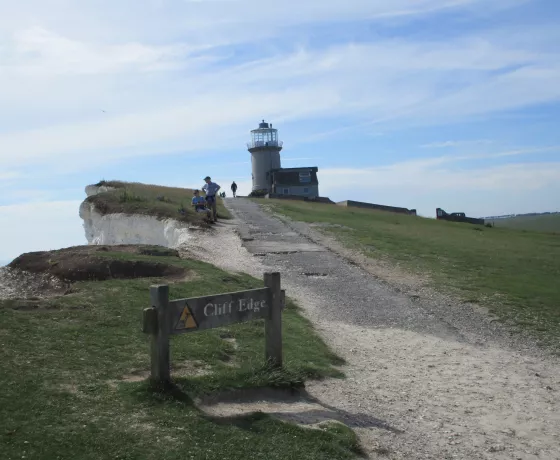In this post, we look beyond the trenches and into the wild world of archaeological illustrations.
The Oxford Archaeology Graphics Team serves as the wizards of archaeological transformation. They take the raw ingredients of the archaeological process and, with a touch of expertise and creativity, conjure up polished and visually compelling deliverables ready to be shared with audiences of all kinds. The combination of experience, adaptability, and a touch of creative magic sets these offices apart as true maestros in the field of archaeological visualization. With approximately 200 years of cumulative experience among team members, the Graphics Team operates with efficiency and expertise that ensure a smooth workflow and the ability to handle a variety of archaeological challenges.
What do we actually do?
The Graphics Team typically produce a variety of visual materials and documentation related to archaeological projects. This work is crucial for effectively communicating archaeological findings, preserving records, and helping in research and publication. The team doesn't just follow a routine; we bring innovation and creativity to the process. Whether it's finding new ways to present data or incorporating cutting-edge technologies, there's a commitment to keeping the work dynamic and engaging. And of course, before delivering the final products, we engage in quality assurance processes that involve thorough reviews and checks to ensure accuracy, clarity, and adherence to professional standards. Some common tasks and products that our team is involved in:
Creating detailed plans of archaeological sites, including the layout of features, structures, and artifacts. Illustrating and documenting the stratigraphy of an excavation site. This helps archaeologists understand the spatial relationships within a site.
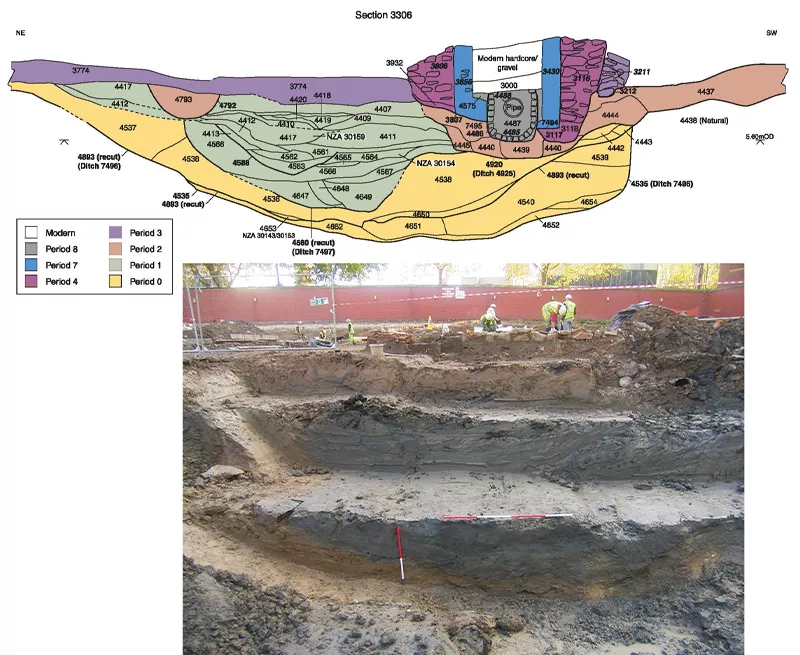
Developing visual materials for educational purposes, such as exhibits, presentations, and outreach material to engage the public.
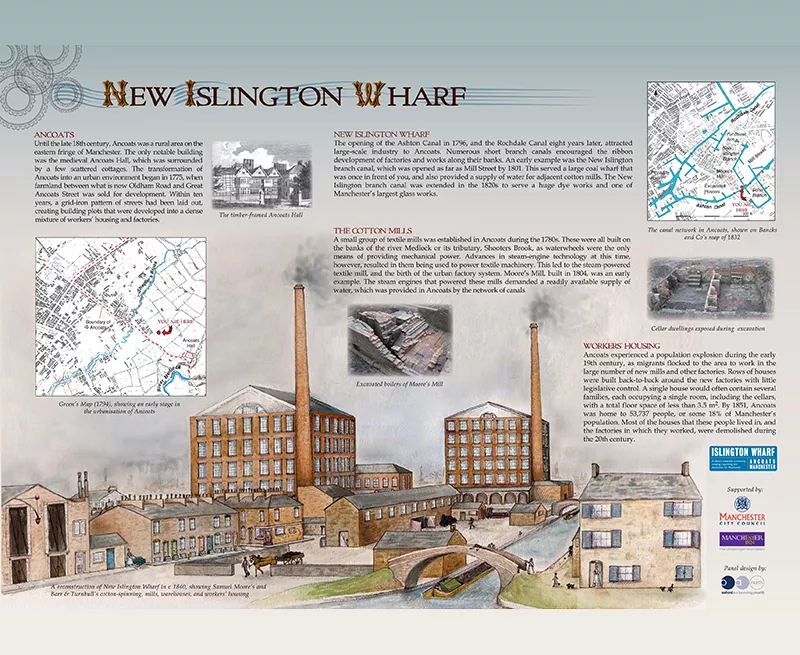
Video is relatively new medium in archaeology, providing a dynamic and visual dimension to the study and communication of archaeological findings. Video material not only serves as a valuable tool for researchers but also enhances public engagement, education, and the overall preservation of cultural heritage.
Perhaps the most fulfilling aspect of working at the Graphics Office is the opportunity to be part of the team responsible for preparing archaeological publications. You contribute to the dissemination of knowledge, ensuring that the findings are presented with clarity and visual appeal.
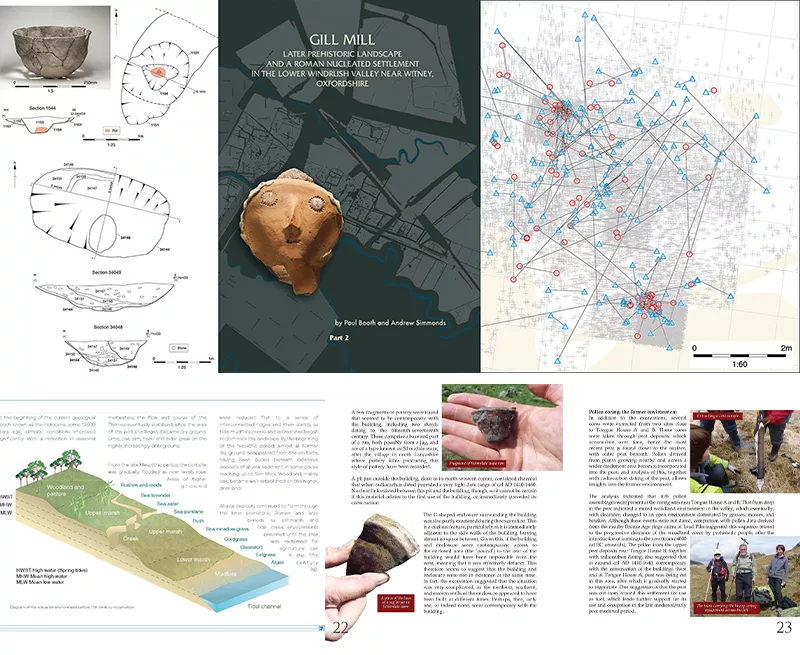
Finds Illustration: Why do it?
Finds illustration stands out as the undisputed superstar within the realm of archaeological visualization, capturing the essence of each artifact with meticulous precision. It's not just a category of work; it's an art form that bridges the gap between the past and the present.
Illustrating archaeological finds serves several crucial purposes contributing significantly to the documentation, interpretation, and communication of archaeological discoveries. There are several ways to record finds – photography, three-dimensional scanning, X-ray or CT scanning - but drawing is still considered one of the best options. Drawing allows archaeologists to record fine details that might be difficult to capture through other means, such as photography. This is particularly crucial for damaged or small artifacts, intricate features, or subtle differences, as illustrations can then highlight specific features, variations, or patterns that contribute to a better understanding of the artifact's function, cultural significance, or chronological placement.
Illustrations can also provide a clear and standardized means of communication among archaeologists, both within a team and across different projects. They allow researchers to convey information about finds and features to others who may not have direct access to the physical artifacts.
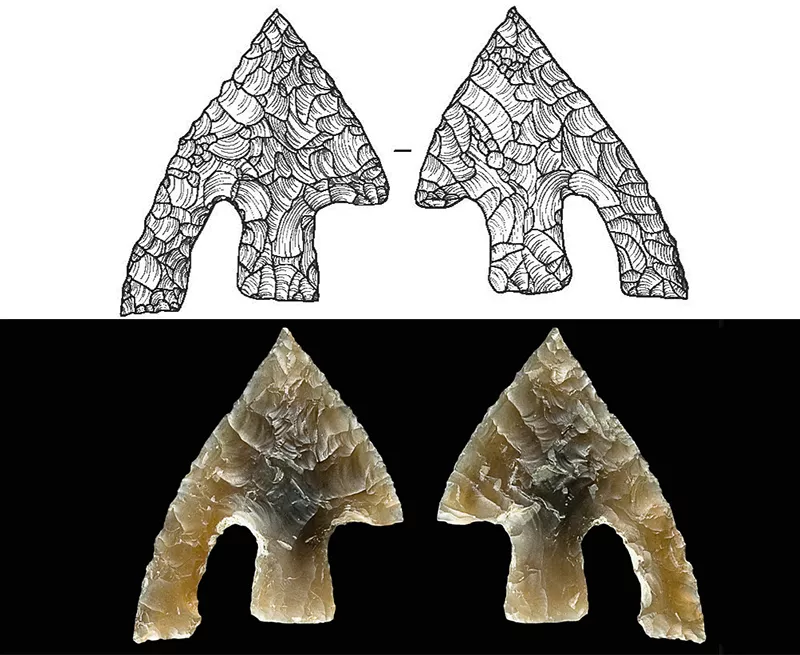
Creating accurate and detailed archaeological illustrations requires a combination of artistic skill, scientific knowledge, a deep understanding of archaeological contexts and proficiency in various software tools.
Archaeological illustration comes with its set of challenges. Preservation issues, fragmentary evidence, and the need for artistic interpretation are common hurdles. Striking a balance between artistic creativity and scientific accuracy can be particularly challenging, as illustrators must avoid speculative embellishments while still infusing life into their depictions.
For all these reasons, the Graphics Team emerges as the ultimate hub for individuals seeking an enriching and comprehensive experience within the realm of archaeological projects. Its work is a unique journey that spans from the initial stages of project planning to the grand finale of publication. Through their skills and passion, the Graphics and Illustration Team provide the tools that help people connect to the fascinating world of archaeological exploration.
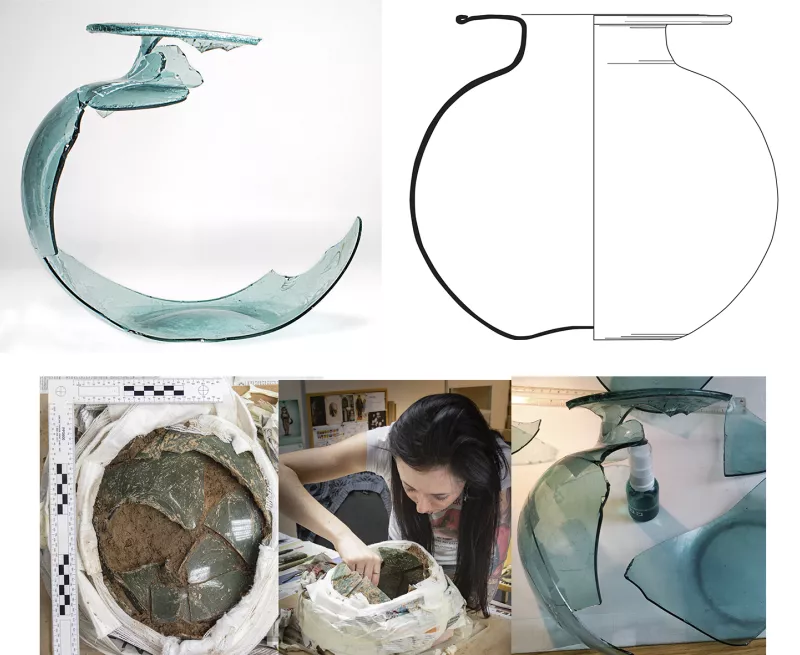
Other posts in this collection
Explore with us all the different disciplines and specialist areas that make up our archaeological practice.

